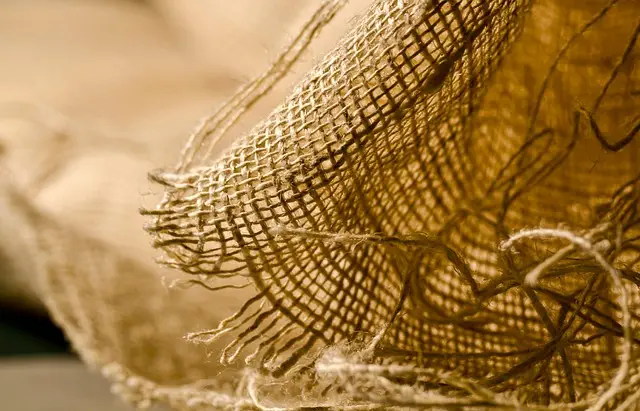This text delves into the process of creating kratom extracts from the tropical plant Mitragyna speciosa, known for its potential therapeutic effects. It outlines two main extraction methods: water and solvent extraction, emphasizing that the choice depends on intended use and personal preference. The benefits of each method are discussed, focusing on the convenience of capsule or powder forms derived from these extracts, ideal for rapid pain relief and relaxation. Specifically, it examines the manufacturing process of Pain Out Red Bali Capsules, a dietary supplement marketing fast-acting pain relief through kratom extracts, aiming to offer opioid-like effects without medication side effects. Understanding how kratom extracts are made is key to evaluating the product's quality and efficacy.
Are you seeking swift pain relief without pharmaceuticals? Discover the potential of Pain Out Red Bali capsules, touted for their fast-acting relaxation and pain-relieving properties. This guide delves into the world of kratom extracts, exploring what they are and how they work. We then uncover the science (or lack thereof) behind Pain Out Red Bali’s claims, helping you make an informed decision about this popular alternative remedy. Learn how to navigate kratom extracts safely and effectively.
- Understanding Kratom Extracts: A Comprehensive Guide
- Unraveling the Claims: Pain Out Red Bali Capsules for Fast Relief
Understanding Kratom Extracts: A Comprehensive Guide

Kratom, a tropical plant native to Southeast Asia, has gained popularity for its potential therapeutic benefits. At the heart of this trend are kratom extracts, which offer focused doses of the plant’s active compounds. Understanding how to make kratom extracts is crucial for those seeking targeted relief from pain and stress. The process involves carefully extracting the essential alkaloids from the kratom leaves using various methods, such as water or solvent extraction.
Water extraction methods focus on capturing the natural solvents present in the plant material, while solvent extractions utilize specific chemicals to isolate desired compounds. Each technique has its advantages and is chosen based on intended use and personal preference. The resulting extracts come in different forms, like capsules or powders, offering convenient ways to consume kratom for those looking for fast pain relief and relaxation.
Unraveling the Claims: Pain Out Red Bali Capsules for Fast Relief

Pain Out Red Bali Capsules is a dietary supplement marketed for its fast-acting pain relief and relaxation properties. Unraveling these claims requires a closer look at both the product’s ingredients and the science behind them. The capsules are said to contain potent kratom extracts, derived from the leaves of the Mitragyna speciosa plant, commonly known as kratom or mitragynine. This natural herb has gained attention for its potential analgesic (pain-relieving) and opioid-like effects without the side effects typically associated with prescription medications.
To make kratom extracts effective and suitable for consumption, specialized extraction methods are employed. These processes involve carefully extracting the active compounds from the plant material to ensure a concentrated dose in each capsule. The manufacturing process plays a crucial role in determining the quality and efficacy of the final product, making it essential to consider how these capsules are made. By understanding the science behind kratom extracts, consumers can better assess the validity of these pain relief and relaxation claims.
While the Pain Out Red Bali Capsules claim to offer fast pain relief and relaxation through their kratom extract, it’s crucial to remember that such supplements are not a one-size-fits-all solution. Understanding how to make kratom extracts properly, including identifying reputable sources and understanding individual tolerance, is essential for making informed decisions. Always consult with healthcare professionals before incorporating any new supplement into your routine, especially for managing pain.






